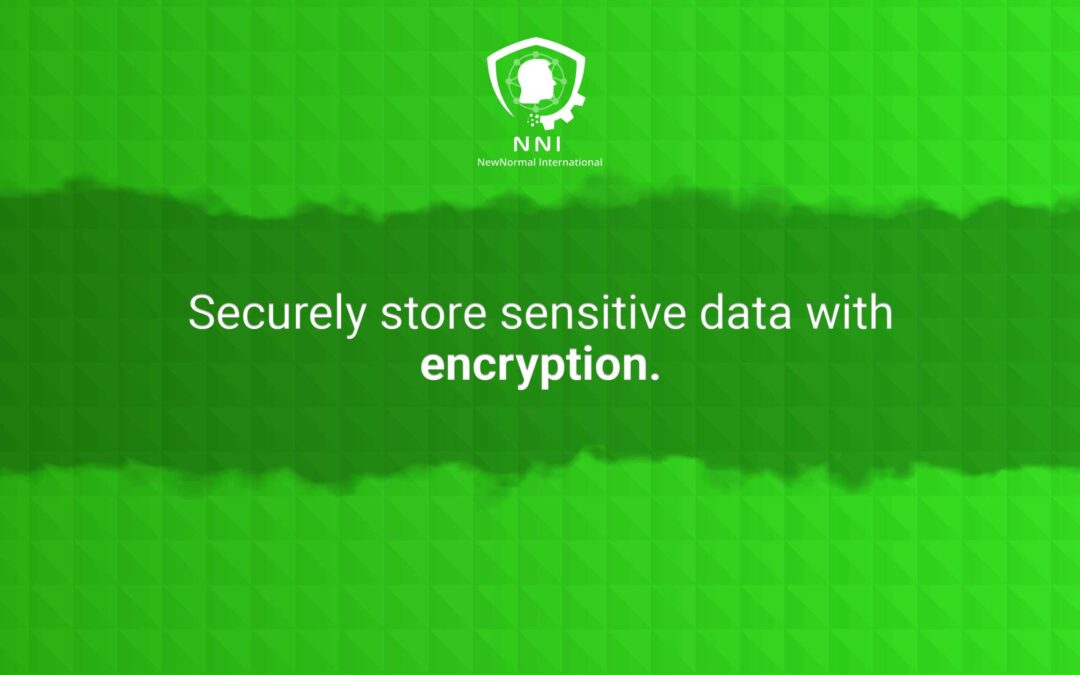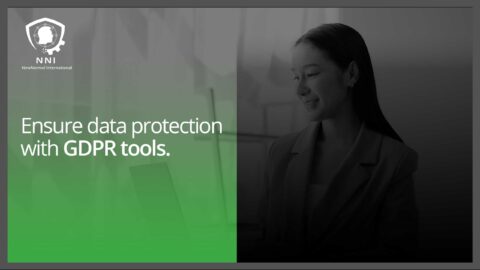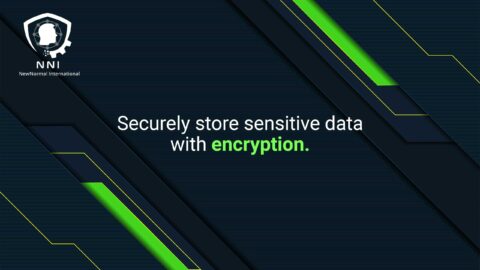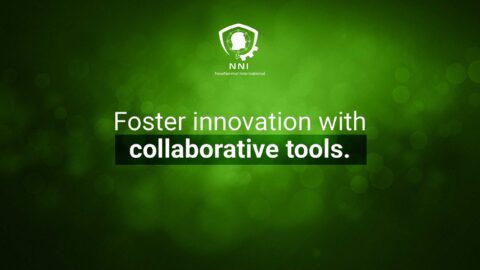Protecting Sensitive Information through Advanced Encryption Techniques
In the digital age, the need to securely store sensitive data with encryption has become a paramount concern for businesses worldwide. This article explores the critical role encryption plays in safeguarding sensitive information and maintaining business integrity.
Understanding the Importance of Data Encryption
“Encryption in Business Data Security plays a pivotal role in safeguarding sensitive corporate information, ensuring that a company’s data assets are protected from unauthorized access and cyber threats.”
Implementing Effective Encryption Strategies
Implementing effective encryption strategies involves more than just applying encryption algorithms; it requires a comprehensive approach that includes understanding the types of data that need protection, choosing appropriate encryption methods, and regularly updating security protocols.
Executive Coaching for Cybersecurity Awareness
In the realm of data security, leadership is key. Executive coaching can play a significant role in educating business leaders about the importance of data encryption and guiding them in implementing robust encryption practices across their organizations.
Effective Communication of Encryption Policies
In today’s digital age, where data is the lifeblood of any organization, ensuring its security is not just a technical challenge, but a cultural imperative. This demands a shift from mere instruction to a holistic communication strategy that fosters a deep understanding of data protection and adherence to company policies. Here’s how effective communication can transform cybersecurity awareness:
1. Translating Technical Jargon into Practical Understanding: Data encryption, security protocols, and complex policies can often overwhelm employees. Effective communication bridges this gap by translating technical jargon into clear, concise, and relatable messages. This ensures everyone, regardless of their technical expertise, understands the importance of data security and their role in protecting it.
2. Building a Shared Ownership Mindset: Data security is not just the responsibility of the IT department; it’s a collective effort. By engaging employees in open dialogue and fostering a culture of shared ownership, they become active participants in safeguarding sensitive information. This collaborative approach promotes accountability and encourages employees to take proactive measures to protect data.
3. Regular Training and Reinforcement: Knowledge fades without reinforcement. Regular training sessions, workshops, and simulations keep employees updated on the latest threats, best practices, and company policies. This ongoing learning environment ensures that data security remains a top priority and employees are equipped to handle evolving threats effectively.
4. Clear and Accessible Guidelines: Company data security policies should be readily accessible, clearly written, and easy to understand. This eliminates confusion and provides employees with a concrete reference for navigating complex situations. Additionally, readily available resources like FAQs and cheat sheets can empower employees to answer basic questions and resolve issues independently.
5. Fostering Open Communication and Reporting: Encouraging employees to report suspicious activity and potential security breaches is crucial for timely intervention and mitigation of threats. This requires an environment where employees feel comfortable raising concerns without fear of reprisal. Open communication channels and anonymous reporting mechanisms can create a safe space for employees to voice their concerns and contribute to a secure environment.
6. Leading by Example: Leaders play a vital role in setting the tone for data security within an organization. By actively demonstrating their commitment to data protection, adhering to policies, and engaging in open communication, leaders inspire employees to follow suit and embrace a culture of cybersecurity awareness.
7. Recognizing and Rewarding Good Practices: Positive reinforcement is essential for sustaining desired behavior. Recognizing and rewarding employees who consistently demonstrate good data security practices reinforces the importance of their actions and encourages others to follow their example.
8. Tailoring Communication to Different Audiences: A one-size-fits-all approach to communication rarely works. Effective communication involves tailoring messages to different employee groups based on their roles, responsibilities, and technical expertise. This ensures that information is relevant, impactful, and resonates with each individual.
9. Utilizing Multi-Channel Communication: Reaching employees where they are is key. Employing various communication channels, including email, newsletters, internal platforms, and even gamified learning experiences, ensures that messages reach their intended audience, regardless of their preferred communication style.
10. Measuring and Adapting Communication Strategies: Regularly evaluating the effectiveness of communication efforts is crucial. By analyzing employee feedback, monitoring security incidents, and tracking engagement metrics, organizations can identify areas for improvement and adapt their communication strategies to ensure they are achieving the desired outcomes.
Leveraging Generative AI for Enhanced Encryption
The advent of generative artificial intelligence has opened new frontiers in data encryption. AI can aid in developing more sophisticated encryption techniques, analyzing potential security threats, and automating data protection processes.
Conclusion Encryption in Business Data Security
In conclusion, the strategy to “Securely store sensitive data with encryption” is a fundamental aspect of maintaining data integrity and security in today’s business environment. Encryption not only protects sensitive information but also reinforces a business’s reputation for reliability and trustworthiness in handling customer data.
#DataEncryption, #BusinessSecurity, #Cybersecurity, #AIinEncryption, #DataProtection











